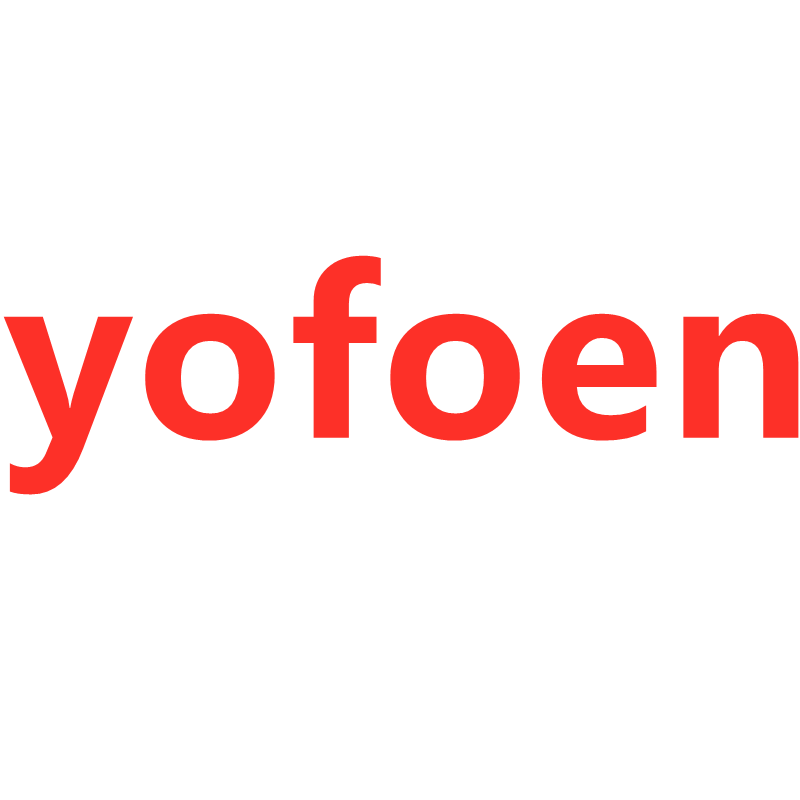Product Material: Plastic
Finishing, Polishing, Electroplating, Brushing, Spray Painting, Laser Engraving, Screen Printing. Transparent PMMA and transparent PC can achieve fully transparent effects (using paint to create a sand-mist effect for semi-transparency and spraying transparent paint). Spray painting effects include: standard gloss, matte finish, textured spray with sand effect, rubberized coating (UV gloss and matte, which offer enhanced protection).
Details:
Plastic surface treatment refers to a series of technical processes used to improve or alter the surface characteristics of plastic products. These methods aim to enhance the product's appearance, texture, durability, and functionality. The following are some common plastic surface treatment techniques:
- Satin Finish: A treatment method that imparts a fine matte effect to the plastic surface, often used for plastic films or sheets. Different levels of transparency and texture can be achieved using rollers with various patterns.
- Polishing: Utilizing mechanical, chemical, or electrochemical processes to reduce the surface roughness of workpieces, resulting in a smooth and glossy finish. This is typically employed to improve aesthetics and reduce dust adhesion.
- Coating (Spraying): Applying a layer of paint to the plastic surface to provide protection against corrosion, wear, and electrical insulation. The coating process includes steps such as annealing, degreasing, electrostatic removal, dust removal, spraying, and drying.
- Printing: Transferring desired patterns onto the surface of plastic parts using various printing techniques such as screen printing, pad printing (curved surface printing), hot stamping, permeation printing (transfer printing), and etching printing. Each technique has its own characteristics and is suitable for different applications.
- In-Mold Decoration (IMD): Placing a pre-printed film into a metal mold, then injecting resin for molding, so that the pattern integrates with the resin and solidifies into the final product. IMD includes techniques such as IML (no stretching, small curved surfaces), IMF (high-stretch products, 3D effects), and IMR (removing the surface film, leaving only the ink on the surface).
- Paint-Free Materials: Certain special materials can directly achieve surfaces with specific colors and textures through processes like injection molding, without the need for subsequent spraying or other decorative treatments.
- CMFDesign: Stands for Color, Material, and Finishing. It combines color, materials, and surface treatment technologies and has evolved into an interdisciplinary field focused on harmoniously applying different surface treatment techniques to enhance product design.
In summary, these surface treatment technologies each have their own advantages and applicable scenarios. Designers and engineers need to select the most suitable method based on the product's specific requirements and cost-effectiveness.
